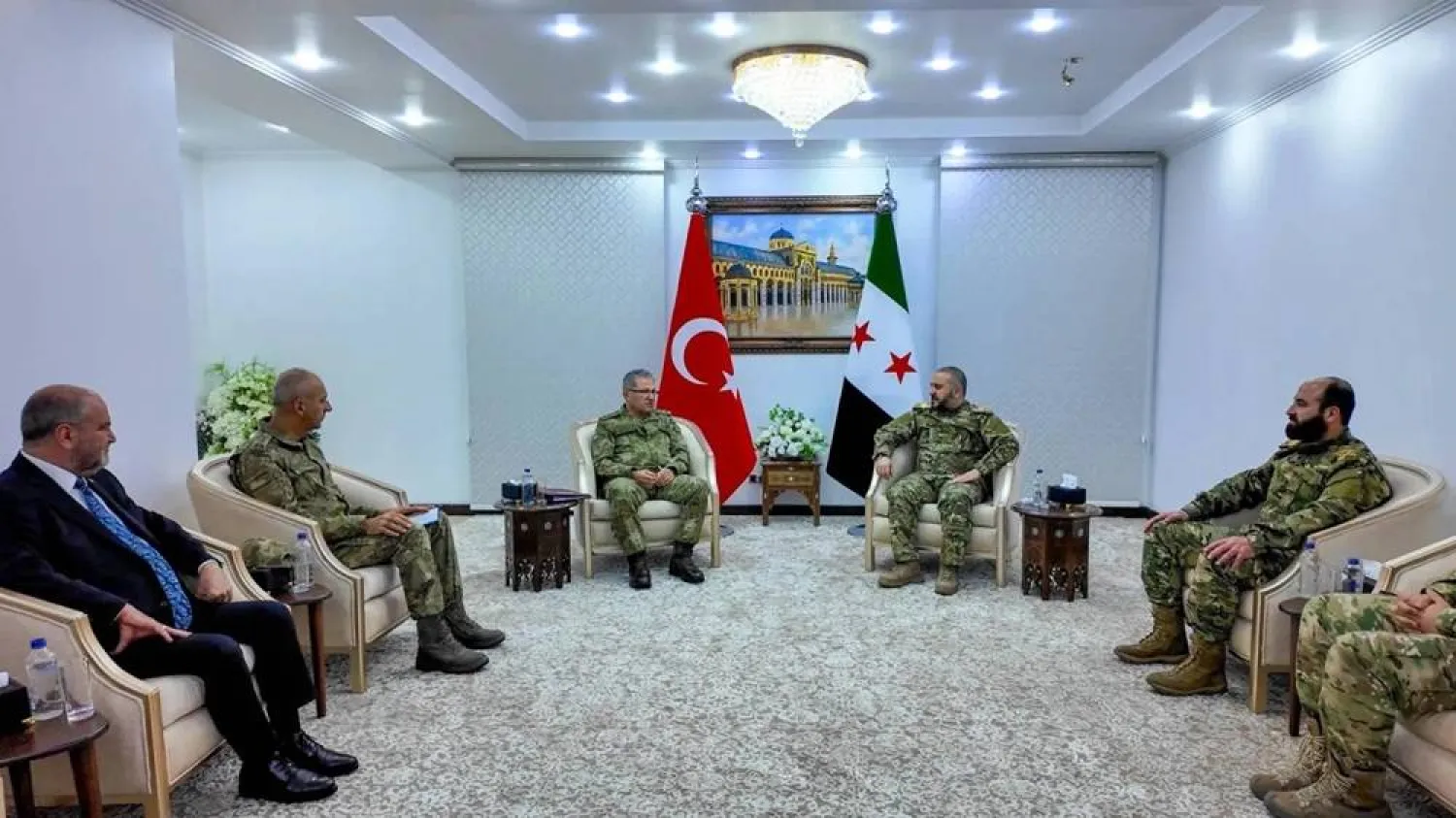USAID Administrator Samantha Power affirmed Washington’s firm desire to provide support and assistance to Sudan during its transitional period.
Power met with several Sudanese officials in Khartoum, asserting that the US administration is focused on supporting efforts to reach a permanent ceasefire and start a dialogue between the Ethiopian government and Tigray region.
She called on all parties to allow the delivery of humanitarian aid to the area and help the refugees who fled to camps in Sudan.
She met with the Chairman of Sudan’s Sovereignty Council, Lt Gen Abdel Fattah al-Burhan, Foreign Minister Mariam al-Sadiq al-Mahdi, and other officials.
Burhan emphasized the importance of economic development and security going hand in hand. He reaffirmed his commitment to uniting the various armed actors under a unified command before the end of the transitional period.
Talks with Power dealt with the proposed $700 million support for Sudan, which will be used for the government’s development goals, implementation of the peace agreement and security arrangements.
Power hoped the visit would be the beginning of a genuine partnership with the transitional government.
She pointed out that the most pressing issues between the US and Sudanese governments have been addressed in the past two years.
She met with Prime Minister Abdalla Hamdok, tweeting that they discussed how the US could support the government in delivering the popular revolt’s “Freedom, Peace, and Justice” slogan, adding: “We are invested in the success of Sudan’s democracy and the US-Sudan relationship.”
She added that her visit to Sudan aims to discuss the arrangement of urgent Sudanese government priorities, including humanitarian needs. USAID will provide significant assistance and support to Sudan.
Power discussed her visit to Zamzam camp for the internally displaced people in North Darfur. She indicated that the security situation did not improve to allow the displaced to return to their areas.
She explained that the displaced persons complained about the lack of security, asserting that she will “exert more pressure to make progress” in this regard as stipulated in the Juba Peace Agreement.
Washington is seeking to revitalize the economic partnership with Sudan, attract foreign investments and improve the investment climate proving a significant change for large companies and banks.
USAID is currently discussing with partners, donors, and international institutions efforts to provide all the necessary support to Sudan.
The Sudanese government stated that the meeting touched on the complexities of the transition, as Hamdok gave a full explanation about his initiative “National Crisis and Issues of Transition Issues: Way Forward” and its seven priorities.
Talks between Power and the foreign minister touched on the critical humanitarian conditions of the Ethiopian refugees in eastern Sudan and their increasing numbers due to the conflict in the Tigray region.
The meeting reiterated the need to urge the international community to partner and support Sudan to contain the crisis in Ethiopia.
Al-Mahdi expressed Sudan’s aspiration to join all development programs offered by the agency to African countries.
Power described the meeting as “productive” on the many shared interests between our two nations.
“I commended Sudan for hosting thousands of refugees from Tigray, and we discussed Sudan’s role in enhancing regional stability.”
Power is scheduled to visit the Ethiopian refugee camps on Sudan’s eastern border, and she will head to Addis Ababa on Tuesday.









